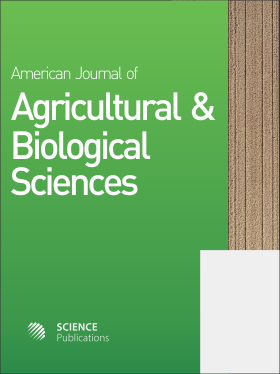Cadmium Stress Responses in Medicinal and Oilseed Plants: Safflower as a Promising Candidate for Soil Cadmium Remediation
- 1 Department of Agriculture Crop Production and Rural Environment, University of Thessaly, Greece
Abstract
This study investigated the growth responses of five economically important plants—chamomile (Matricaria recutita), oregano (Origanum vulgare), safflower (Carthamus tinctorius), sage (Salvia officinalis), and wormwood (Artemisia absinthium) exposed to increasing Cd levels. Over 60 days, plants were subjected to Cd concentrations of 0, 1, 2, 3, and 4 mg per pot. Growth parameters and Cd accumulation were then assessed. At the highest Cd concentration (4 mg Cd pot-1), the species were categorized into: (i) chamomile and safflower, which were identified as Cd accumulators due to their Cd tolerance and significant shoot Cd accumulation, and (ii) oregano, sage, and wormwood, which behaved as non-accumulator species, forming a spectrum ranging from indicators to excluders. Across species, shoot Cd concentration had a significant negative correlation with biomass production and growth indices, suggesting that higher shoot Cd levels reduce biomass in non-accumulators, likely due to dilution or concentration effects. Species with high biomass typically had low Cd accumulation in their shoots and exhibited strong Cd tolerance. We conclude that safflower, an oilseed crop, is a strong candidate for remediating Cd-contaminated soils, with potential for biodiesel production and revenue generation.
DOI: https://doi.org/10.3844/ajabssp.2025.27.34

- 38 Views
- 10 Downloads
- 0 Citations
Download
Keywords
- Phytomanagement
- Renewable Energy
- Soil Pollution
- Cd Accumulation
